Special Interview with ZIV KOREN by Omri Shomer
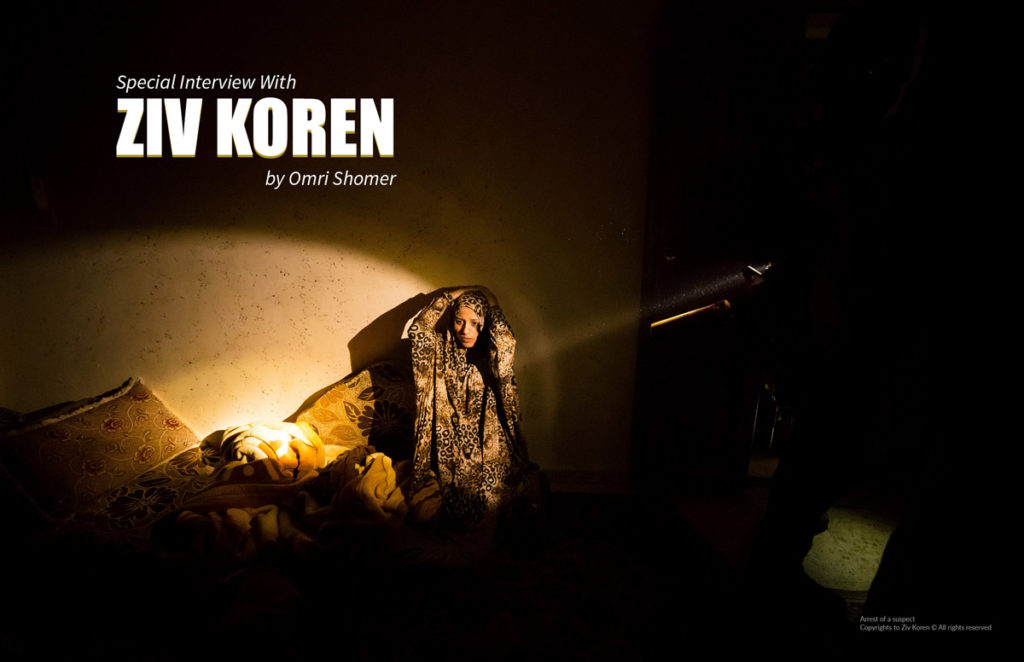
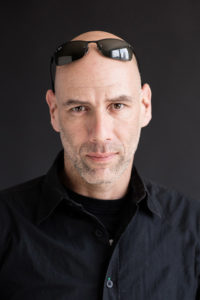
Ziv Koren is a professional Israeli photojournalist. With a successful career of thirty years, it seems as if he was “always there”, being the first to arrive at the scene and the last one to leave, all so he can uncover the truth and present to us, viewers and readers, the most accurate description of the chain of events. I believe it would not be an exaggeration to say that Koren is the voice of an era, maybe even the voice of several ones. Thanks to him, valuable information was made accessible to the masses – from events regarding the Arab-Israeli conflict to the existence and unfolding of humanitarian cases and natural disasters across the sea.
His photographs have won international awards and have been published at The New York Times, Newsweek, The Sunday Times Magazine, Stern, Der Spiegel, Paris Match, Le Figaro, Corriere Della Sera Magazine, Wired Magazine and more.
Ziv has also published his work in group exhibitions and in many traveling solo exhibitions attracting tens of thousands of people, presented in, along more, The Metropolitan Museum of Tokyo, The Memorial Museum in Spain and in The War Museum in Croatia and in The Museum of Fine Arts, Houston.
Lately, Koren was granted the “Series of The Year” award during the Local Testimony art show for his documentation of an Israeli S.W.A.T team activity in arrests of wanted terrorists.
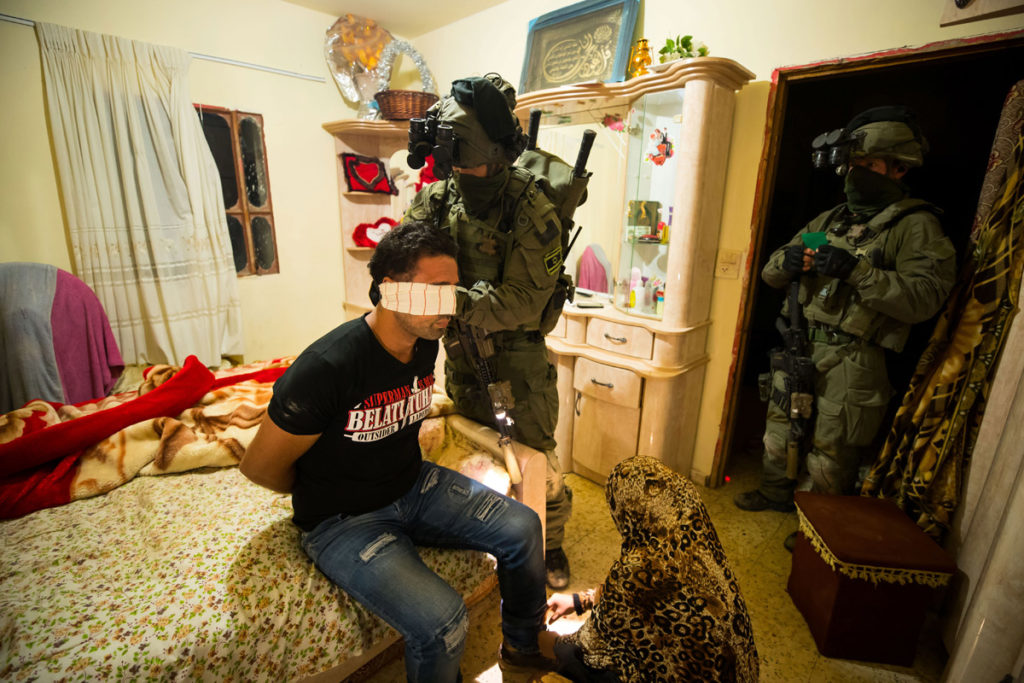
You might say that Koren’s meticulously-kept studio in Northern Tel-Aviv unequivocally reflects his agenda regarding the matter in which ongoing, Sisyphean professional work is to be done in order to be successful. Many photographs of appreciation, given to him by the world’s best photographers, are spread across the spacious room. Koren’s photographs, taken all around the globe, pop-up on the computer screens, each in a different phase of editing. In front of me appears a tall man, charismatic yet humble. “Want to see something?”, he asks while pulling down the sleeves of his shirt, uncovering a phrase which has been accompanying him throughout his whole life: “I’d rather be honest than impressive”. With that sentence, which reveals a window into Koren’s soul, we sat down to talk.
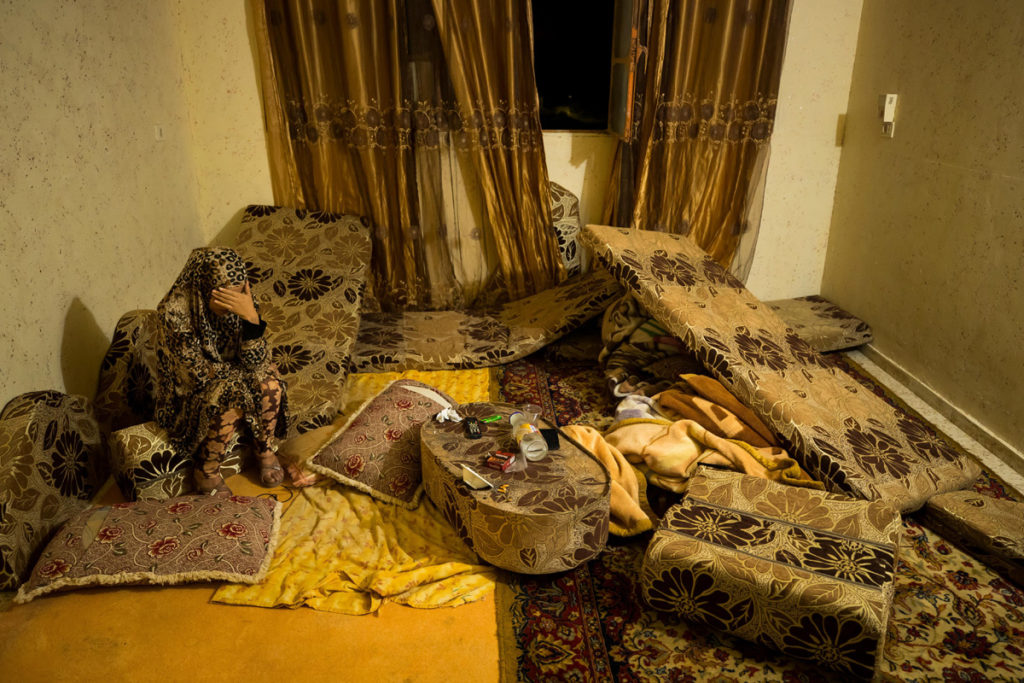
Hello, Ziv, and thank you for agreeing to meet and having this interview. Before we get to the wide variety of projects you have made and are still creating, I would like for us to go back, to the beginning. Tell me about home, about your initial environment and about your connection to professional photography.
Well, I was raised in Ramat-Gan. I have a sister who is four-years older than me and two careerist parents. I got into photography through learning plastic arts at Thelma-Yellin high-school. I took Bagrut exams in Sketching, Sculpturing and The History of Art. In highschool, I used to practice photography unprofessionally. I can say that the transition from plastic arts into photography was very natural to me – all the thinking and creation of composition felt natural.
I had a car accident just before graduation and I was recruited to the military with a very low medical profile. I was looking for something interesting to do there. I happened to hear that a photographer was needed for the military newspaper, “Bamahan’e”. I filed my portfolio; to this day, I have no idea how I got the job. I was photographing during my service and realized, pretty quickly, that this is what I want to do in life.
The Gulf War broke out leading up to the end of my service. It was 1991 and Israel was under a rocket attack.
I realized that what I want is to be in the right place at the right time, documenting what is happening and showing it to the world. Even before I was released from my service, I got accepted to be a photographer of the Government Press Office in Jerusalem and I was there for a year. I admit, I was a little bored, because I wanted my photographs to be published in the paper so badly. Following that, I was taking pictures for the State Archives. To me, it was not the core of my life’s work.
I later made contact with “Yedioth Ahronoth”, a national newspaper, and applied for a job. I came up to the Reporters Coordinator and said:
“This is my portfolio, I own a motorcycle and I am willing to work 24/7”.
He brushed quickly through my portfolio, opened the drawer, gave me a beeper and said: “You are on a month’s trial period”. That is basically how my actual career in journalism began.
I can definitely say that my time as a military photojournalist and in the Government Press Office was a meaningful internship to me. It’s funny, because today, I am the one examining photographers as part of my reserve duty. I lecture and do personal interviews there.

How did your family react to you wanting to practice photojournalism?
My family is very supportive. We are good friends. They gave me freedom of choice growing up. But, let me tell you a funny story about my father.
Towards my release from the military, my father took me to have a “father and son talk” about my future. He is very different from me, he has no connection to the art field. He asked me what do I want to do in the future. I told him I want to work in photojournalism. He thought for a minute and didn’t know what to say, because he didn’t think it was a real profession. I remember the situation; we sat in the kitchen with my mother, and then he told me: “I’ll give you a challenge. You have ten years to get your photo into Time Magazine or Newsweek”. I admit, this affected me. He needed proof that I am actually good at this.
Two years later I got my first cover at Time Magazine, and nine months after that, I got my first cover at Newsweek. I remember coming up to my father, laying both magazines in front of him and saying: “Release me from this burden that I have”.
It was at that point, I think, that he was convinced I am doing the right thing. I can say I love challenges, I challenge myself all the time, almost nothing is enough for me. I think in a sense of absolution, not relativity. I don’t want to be relatively good – I want to be absolutely good. I aspire to do things without any compromises.
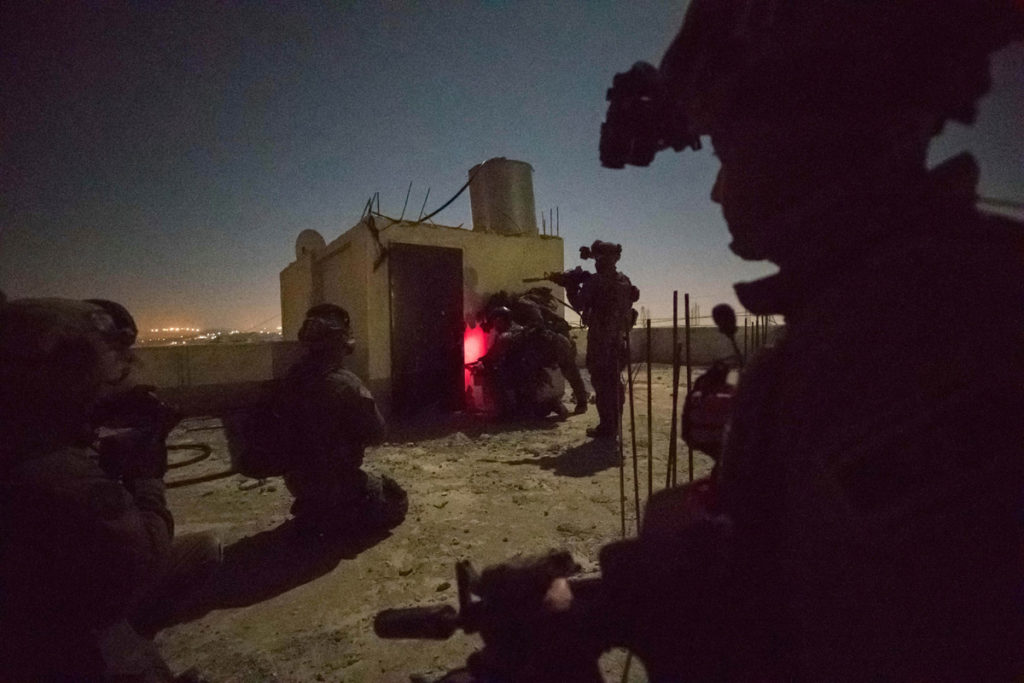
The Arab-Israeli conflict has always been of your interest. What made you research this subject for so many years? And what are your conclusions regarding the matter?
I think anyone who chooses to be a photojournalist in a place like the state of Israel need to take into account that the conflict is a part of our core issues.
To me, one of the most important things is to inform the public about what is really happening. I try to document both sides. I can’t say I’m very optimistic about the future. In the end, human suffering is massive and we need a strong leadership to realize there is no other way than sitting at the table and negotiating. The only question is, how many people are going to be killed until that happens.
Regarding my conclusion, I’d like to say something that I think is quite concerning to the media. Parties with interest have more impact than standard photojournalists.
When I go out to the field, I see more photographers from organisations like Breaking The Silence (“Shovrim Shtika”) and Machsom Watch rather than photojournalists who wish to do objective work. Asymmetry is created and reality cannot be reflected properly. This is sad to me. Conventional journalism does not have the means to deal with this phenomenon, not even in the financial level.
It is true even in relation to the governmental bodies in the country. If Prime Minister Netanyahu had the option of informing the public with only what he wants to, he would have done it. Eventually, everyone wants control.
In the end, it would get to the point where a photojournalist will arrive to a crime scene and no-one would have the interest to let him in, because the police wants to take their own photographs and the same goes for Magen David Adom and the fire department. Everyone has an interest to show how good they are and to receive a positive feedback. The objective journalism is pushed out.
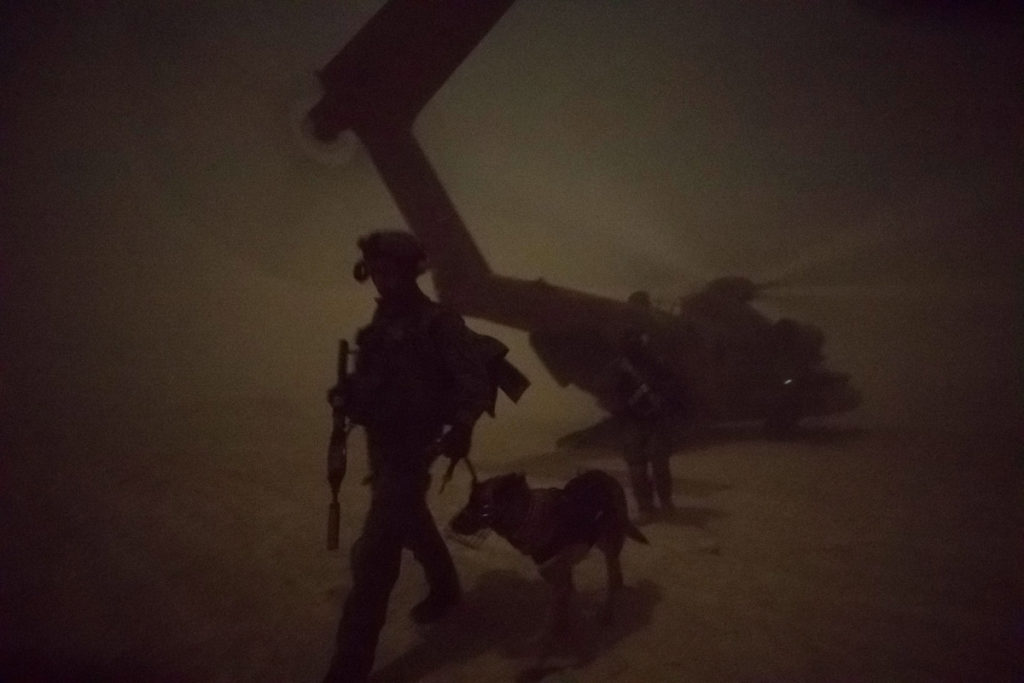
Documentation of the conflict has often gotten you into dangerous situations. What does it feel like, standing across enemy line, armed with nothing but a camera?
I’m not hero. In situations like these, I get very scared. By the way, I think fear is a very important element. People who do not fear either do not fully understand the situation or are overly confident. In both cases, lack of fear is dangerous. Fear is essential for being aware. Despite that, the real danger, to me, comes hand in hand with documentation such as this. It drives me to tell the story. What is sad is that most of the Israeli public is not interested in knowing what is going on across the border and that is why I insist on getting in there and showing the other side.
Can you share some stories from the field?
Well, there are plenty. One time, I entered Bethlehem by foot with a reporter during Operation Defensive Shield (“Homat Magen”). We infiltrated in through Beit Jala village and walked to the church while under heavy sniper fire. It was very dangerous. But, you don’t need to get in the middle of a military operation in order to be exposed to dangerous situations. For example, in September of 2000, when commotions began, I drove to Umm al-Fahm and on the way back, when it was dark,
I encountered a lynch in Route 65. It was right in the middle of Israel, not in the heart of Casbah in Hebron.
Masked people were standing in the middle of the road, tires were burning all over the place. I came by with a motorcycle, got off of it and yelled, “Ana suhufiin”, meaning “I’m a journalist”. They came closer and circled me.
I could see into their eyes. They bagan lynching me with stones. I broke a rib and got bruised.
It was a miracle that I managed to get away: two of them came to their senses and started fighting over my destiny. Eventually, three of them helped me lift the motorcycle and rushed me to the other side.
Another example, also not from the battle’s heart, took place in Gaza Envelope during Operation Amud Anan. I was in a place where mortars were exploding every minute. You couldn’t tell where they would come from or where they would blast. Those risks are part of the profession. If you take this job, you must be able to handle them.
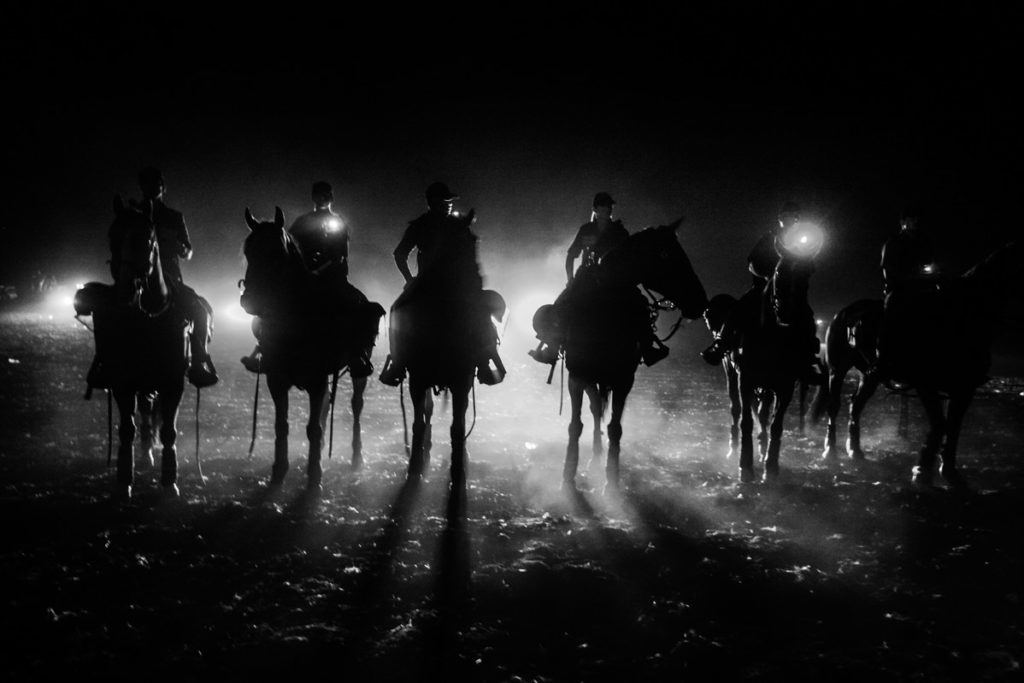
You were recently granted the “Series of The Year” award during the Local Testimony art show for documentation of an Israeli S.W.A.T team activity in arrests of wanted terrorists. What are the processes and preparations before escorting this kind of operation?
I basically go out with the forces, in this case, S.W.A.T or any other Israeli military squad. These arrests happen almost every night. It’s a chain of events which allows for the citizens of Israel to sleep safely. The terrorists’ motivation to harm Israelis did not decline across the years. Some operations are more complex, some are less.
I go out to the field, receive basic orders – where I stand, what’s my equipment and so on – and out we go.
I try enriching the viewers’ knowledge, showing them things in a different light or informing them with things they don’t know already, like how things work on the inside, like this squad’s activity, which brings terrorism activists into investigation.
I admit, over the years, I have created my own privileges – my experience and connections have enabled me to document usually-inaccessible operations. No other photographer has teamed up with a S.W.A.T team other than me.
Is standing out and creating unusual materials part of your strategy?
I always try to create and maintain an advantage. If I end up in the same row with other photographers, say, in a press conference, I’ve done something wrong in the process. It doesn’t matter where – if it’s Shimon Peres’s funeral or any other event with many photographers and journalists – I’ll always try to think how, using connections, ability and creative thinking, I can do it differently.
Sometimes, pre-shooting production is more important than the shooting itself. It took me five years to get access to the flotilla. It’s summed up in the ability to enter places, opening doors. You need to create a system of trust, whether it’s military squads or politicians. This is something which takes many years to build.
As part of your work, you have documented harsh disasters all over the world. What kind of mark did it leave?
When I came back from Haiti I went through a very difficult experience. It wasn’t something I could hide. I was in a place where there were, according to estimations, a quarter-millions casualties.
I’ve seen bodies piled up in the streets. It’s the closest thing to The Holocaust as we have seen it in movies. The sights, the voices, the whole atmosphere I was in – they all took over me. There is no escaping from such feelings if you are human. The only advantage was that I could hold the camera to my face every time a teardrop dripped from my eyes.
The Israeli team worked at the university, which collapsed. There were hundreds, if not thousands, of people there. Not even one person got out alive. Now, think about all the horribles cases of people stuck underground… People who got stuck in some air pocket and died of thirst, hunger, desperation. There might be a child stuck with his dead mother someplace and you would never know. Cellular was disconnected, the wreckage was inaccessible. It was clear that most people would not get out alive. Only dozens survived.
Were there cases in which you put down the camera to help save lives? Where does the part of a photojournalist end and the human side, the one wishing to lend a hand, come out? Where does the line go?
Look, if I can help, I definitely will. It’s not all black and white, like you see in the movies. I can do both – take a photograph and then help pick up a stretcher. But, if there are many people helping out in the field, like following an act of terrorism in Israel, I’d rather stay on my job. My presence is important for documentation and for public diplomacy.
For example, in Haiti, I lived right inside the Israeli delegation’s hospital for ten days. I was in a tent with children whose parents were dead or missing. They were three, four, five year-olds, some of them had amputated arms and legs. The help I could provide to them was not life-saving, but by taking a plastic glove, inflating it and drawing a smiling face on it, showing it to the kids and making them laugh, you can really help.
In the end of a day, what do you bring home and how does work affect your family?
I keep many things inside. Some people have the false idea that whoever is behind the camera is emotionally bulletproof. This is not true. If a photographer says that, it means he doesn’t understand photography. One of the most critical things I attempt to create is emotion. The viewer needs to feel something. Its doesn’t have to be a positive emotion, any emotion would suffice. What’s important is that viewers won’t be indifferent to the photo.
Such emotions do not just pass by me when I photograph; they go right through me. When I am in a complex, difficult situation, it leaves a scar. But, I always make sure not to show those scars at home, even when coming back from the harshest of situations. For example, I once witnessed an Israeli soldier standing right across from me being shot dead by a Palestinian sniper in Bethlehem. His neck was hurt and he died instantly. Everyone started shooting and I was caught in a battle. This is an experience which I will always be carrying with me, but then again, once I get home, I behave the way every father who gets back from work to his family does.
In addition to winning an award at Local Testimony, you have won many international prizes throughout your career and have exhibited your work in the world’s most famous museums and magazines. Have you ever stopped to look back at your success?
On the contrary – I keep thinking about destinations and goals I haven’t conquered yet, about what I can do to widen awareness regarding subjects that interest me. When I arrive to an exhibition, no matter where in the world, I start working. I adjust the lights, maybe even ask for fingerprints on the glass to be wiped. I never stop and say – “Wow, how great, I made it”. I do the best I can, always thinking of ways to surpass more boundaries and to bring my work to the next level.
Do you fear that in light of your success, you might feel exhaustion?
Definitely not. In a way, I’m like an octopus: we live in an ever changing world, so I have to be everchanging, too. I do photography journeys for groups, that is a relatively new invention which is dominant in my work.
Today, newspapers have less money than they used to have. The Times, like many other newspapers and magazines, was once able to send me to long-term projects. Not anymore. This void needs to be filled. You can’t only cover military actions or politics.
Being able to diverse my coerage allows me to continue my personal projects. If I find other things that interest me, I will cover them. I can tell you, only few TV shows did not already offer me to join their cast or to participate in them – from Mehubarim to The Amazing Race and Survivor. I remember thinking, “Do I really see myself hosting Survivor?”. It would steer me away from my path. If I leave home for a month, I want to come back with a meaningful project that could make an impact. I don’t get dazzled by offers. I want my photography work to be popular, not to be recognized on the street. I’m not interested in that.
People used to want to be good at what they do. Today, everyone wants to be famous. I think that is wrong.
You are always busy working on new projects. Can you tell us which ones you are working on right now? Which recent projects do you carry with you?
The truth is, I am working on many projects. New things constantly come up.
I am currently working on a book in the field of defense and security, marking Israel’s seventy years of existence. There is an exhibition that I am producing along with the singer Idan Raichel. In parallel to that, I also work on a seventy-years-to-Israel exhibition concerning social aspects. I’m working on a project for Shanti House, an institution taking care of deprived youth and teenage castaways. I want to make the public aware that it can happen to anyone. In addition to that, I’m currently working on an exhibition with Schneider hospital.
About five years ago, Israeli hospital Schneider in Petah Tikva contacted Koren regarding its 20th anniversary. Out of this meeting a very special project was created, one that accompanies children ill with cancer in their fight with the disease. After finishing the first part of the project, Koren surprisingly decided to renew it and has even provided moving closure to the matter.
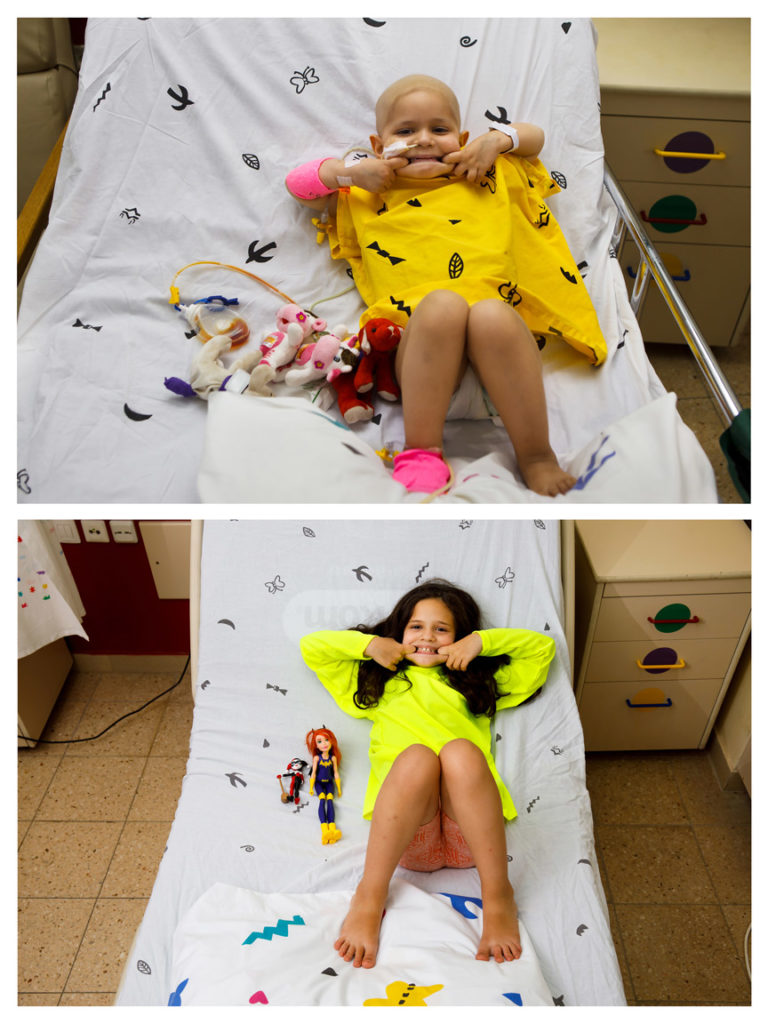
We were creating a project together, which became a touching book and an exhibition presented in the UN, in Geneva. Its was very interesting. And it ended, eventually.
One year ago, the mother of one of the children I documented, Christina, sent me a message saying she is very touched every time she opens the book. She told me the girl is now healthy and sent me her picture. She had long, blond hair, a sweet girl.
I decided I have to do something with that.
I came back to Israel from Burma, met with the hospital’s spokeswoman and we decided we want to create a follow-up project, to take pictures of the same children now that they are healthy. I thought about it a lot, about how I should photograph them, and my final choice was to come back to the hospital and recreate the pictures in the same places where the children were first photographed.
I thought that was the only way that people will make the connection and realize it’s the same child. For instance, we presented a young girl when she was only one month old and hooked to a complex system with tubes in her hospital bed. Five years later, we brought her back to the same bed, a smiling, healthy five-year-old.
Staging photos is not my style, but in this case, the end justifies the means. I think the follow-up is very powerful, because this time, the project is optimistic. I feel that if it is going to be exhibited in the hospital for children to see there is light in the end of the tunnel and that the disease can be beaten, then a contribution to society has been made, and that is way more powerful and useful than the primary project. There is a more ripe sense to it.
Another project which Koren is credited for is Writing with Light, translated to a prestigiously wrapped box set containing two books of quality black and white photographs.
The project is mainly about photography with light. Look, we live in a straightforward, fast-going technological era. Every day, over two million pictures are published on Instagram, Facebook and so on. I asked myself, “What is the role of a professional photographer in a time when everyone has a camera in their pocket?”. I realized light is one of the most important elements of photography, because it is what promotes a photograph from being a mere piece of visual information into a piece of art.
It is in these times, when all photos are overdone, that I want to go back to the foundations and basics of black and white photography. When you remove color, you are left with only two main anchors: composition and light. That way, it is possible to refine them accurately.
I began with these insights. I thought this project would take me one year, and it ended up lasting four years, being made in twenty-seven different countries. Work was made with only natural light from the environment: ambient light, bounced light, reflections, e.t.c.
This ambitious project was exhibited by Koren in a wide, four-hundred-square-meters space, much like a typical New-York loft. It was carefully planned in coordination with the best lightning and production experts in Israel. Conversion to black and white was made in Spain. In order to complete the project, the most professional people were recruited to help, from content editors working from New York and South Africa to Houston Center for Photography’s renowned curator, Anne Toker, who wrote the introduction to the book.
Eventually, a product that I was willing to be credited for was produced. The Book won four international awards and the exhibition is already traveling for three years, starting from China, through India and so on.
Finally, what advice can you give photojournalists or photographers in the beginning of their career, wanting to succeed?
First of all, in context to the tattoo I showed you earlier, whoever wants to succeed must be very loyal to his creation and truth.
You must give it all of your inner listening abilities, because there is no ignoring it when it is burning inside you.
Secondly, one thing which I feel is unfortunate is that our generation wants quick, minimum-work success.
A young man can’t decide he wants to be a photographer and produce books, win awards and enjoying the perks of fame all in one year without getting messy. He must go through a process of ripening.
I receive hundreds of requests from photographers who want me to take a look at their Instagram page or website so that they can receive my opinions of it. Technically, the level is good, but everything looks the same.
If you want to stand out, you must show something of your own, some kind of story. You have to turn the picture from something that is just another piece of visual information to a frame evoking emotion and interest. Exposure to a powerful photograph invokes an emotional process.
That is where I aim to. Controlling a camera doesn’t make you a photographer.
There is a difference between someone who knows how to take a picture and a true photographer. These are completely separate things. Today, it’s not enough to buy a camera and an advanced lens.

